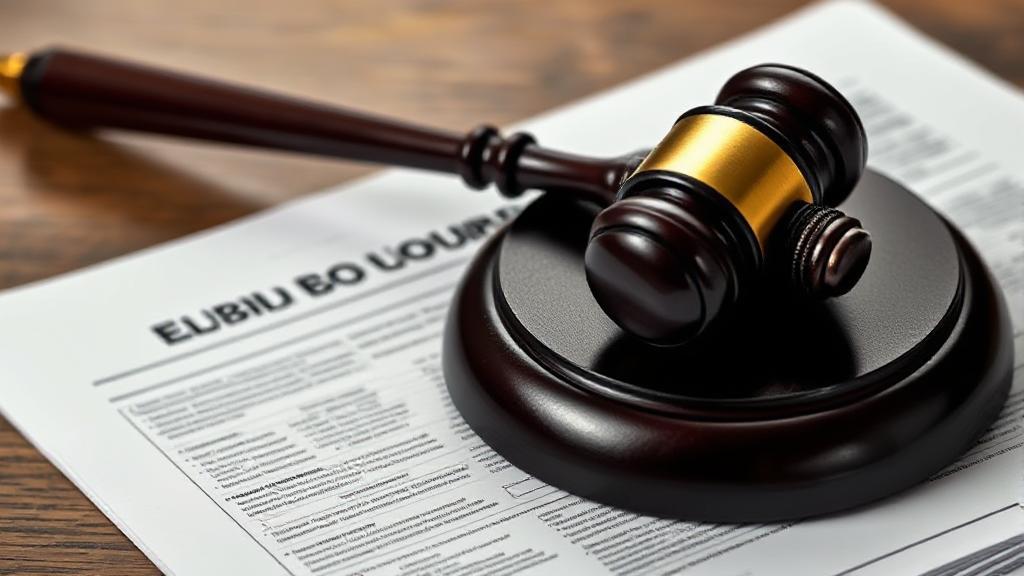Understanding Bankruptcy and Its Causes
Bankruptcy is a legal process providing relief from unmanageable debts, offering individuals and businesses a fresh start. While often viewed as a last resort, understanding the common reasons for bankruptcy can help demystify the process and highlight widespread financial challenges.
Medical Expenses
Medical debt remains the leading cause of bankruptcy in the United States. According to the American Journal of Public Health, medical issues contribute to nearly two-thirds of bankruptcies. Even with insurance, individuals face:
- High deductibles
- Out-of-network charges
- Uncovered treatments
- Lost wages during recovery
Job Loss and Income Reduction
Unemployment or significant income reduction can quickly lead to financial instability, especially for those living paycheck to paycheck. The impact often includes:
- Loss of health insurance
- Depletion of emergency savings
- Accumulation of credit card debt
- Difficulty maintaining mortgage payments
Credit Card and Consumer Debt
Credit card debt can spiral out of control due to:
- High-interest rates and fees
- Using new credit to pay old debt
- Living beyond means
- Impulsive spending habits
Divorce or Separation
The end of a marriage can have severe financial implications:
- Legal fees
- Division of assets
- Increased living expenses
- Child support obligations
- Alimony payments
Business Failure
"Personally guaranteed business loans or used personal credit cards to finance business operations" - Small Business Administration
Entrepreneurs often face personal bankruptcy when their businesses fail, particularly if they've used personal assets to secure business loans.
Types of Bankruptcy
- Chapter 7: Liquidation bankruptcy involving asset sale to pay creditors
- Chapter 13: Allows keeping property while repaying debts over 3-5 years
- Chapter 11: Primarily for businesses, involving debt reorganization
For more information, visit the U.S. Courts Bankruptcy Basics page.
Additional Contributing Factors
Natural Disasters and Catastrophic Events
- Property damage
- Loss of employment
- Displacement costs
- Insurance gaps
Student Loan Burden
While typically non-dischargeable, student loans can contribute to financial distress by:
Prevention Strategies
Financial Planning
- Maintain emergency savings
- Live within means
- Avoid unnecessary debt
- Regularly review and adjust budget
Insurance Coverage
- Adequate health insurance
- Disability insurance
- Property insurance
- Life insurance
Professional Help
Seeking early professional guidance can help prevent bankruptcy. Consider consulting:
- Financial advisors
- Credit counselors
- Debt management professionals
- Legal experts
For those struggling with debt, the National Foundation for Credit Counseling provides resources, including counseling and debt management plans.
Impact and Considerations
Filing for bankruptcy can affect credit scores for up to ten years, making it challenging to obtain loans or credit cards. However, it also provides an opportunity to rebuild financially. Before filing, individuals should consult with financial advisors or bankruptcy attorneys to understand all available options and potential consequences.
